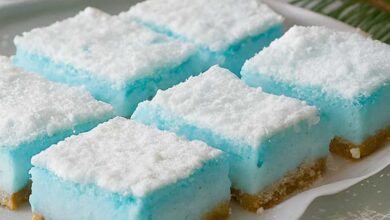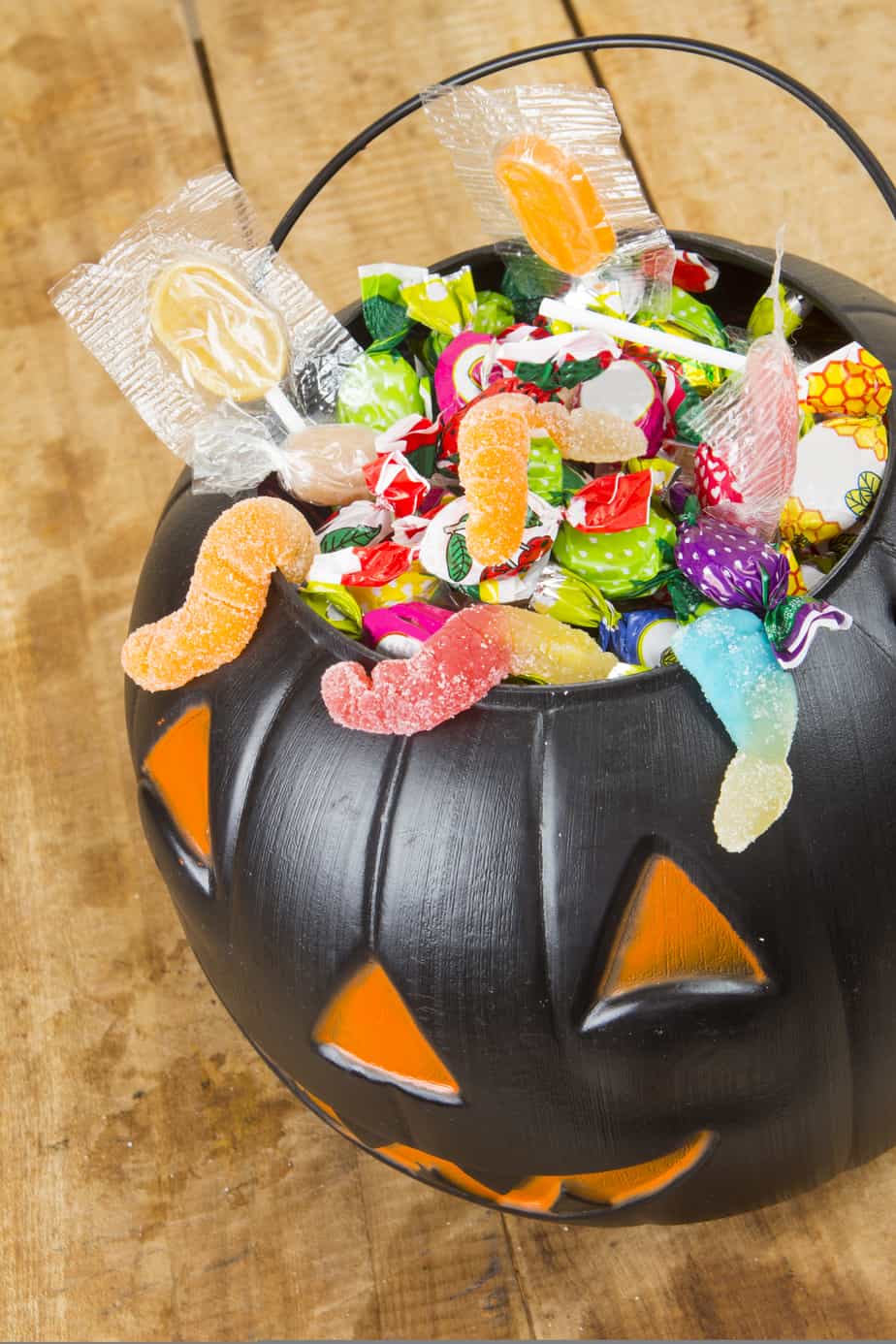Scrumptious Almond Flour Peanut Butter Cookies
These chewy almond flour peanut butter cookies are the best way to indulge without any dairy, gluten, or grains. This easy recipe uses high-protein almond flour and comes together in less than half an hour. Plus the slightly crumbly, but soft texture makes these gluten-free cookies my go-to treat for parties and get-togethers because they are always a big hit!

These cookies are packed with sweet nutty flavors from the peanut butter and almond flour. The classic fork crosshatching method ensures each cookie is perfectly pressed for an even bake. The additional sugar on top adds an extra sweet crunch. Since the dough stores well in the refrigerator, this is a great make-ahead dessert, similar to this tiramisu and this chocolate pie!
Table of Contents
Looking for more gluten free cookie recipes? Try these classic gluten-free peanut butter cookies, these gluten-free dairy free chocolate chip cookies, and these gluten-free molasses cookies.
?Why You’ll Love These Cookies
I think you’ll love that these cookies are super soft with the perfect amount of chewiness you expect from a peanut butter cookie. Not only is this recipe easy to mix up, but it’s also made with simple baking ingredients that you most likely already have in your pantry. Here are a few more reasons you’ll love this almond flour peanut butter cookie recipe:
- Like these strawberry cake mix cookies, it can be made from start to finish in less than 30 minutes.
- There’s no rest time or chill time required.
- It’s gluten free, dairy free, and grain free as written (with a sugar free and vegan cookie option).
- The dough can be made up to 3 days ahead of time and refrigerated until baking time.
- The cookies stay fresh and soft for up to 3 days at room temperature.
?Ingredients & Substitutions in These Almond Flour Peanut Butter Cookies

- Vegan butter – In this cookie recipe, I like to use Earth Balance vegan butter. You can use regular butter as an alternative here if desired.
- Creamy peanut butter – This recipe was tested using Jif brand creamy peanut butter. (More on that below.) Other peanut butter brands may be used, however, I do not recommend using natural varieties where stirring is required. The peanut butter tends to be too thick for these soft and chewy cookies.
- Granulated sugar – The granulated white sugar can be swapped out for coconut sugar if desired, see this post about coconut sugar. For a sugar free option, you can substitute Swerve granular sweetener. I do not recommend substituting the sugar with brown sugar. The consistency is very different and they are not the same (read more about brown sugar in this post)
- Almond flour – This recipe was tested using this almond flour. I recommend using this brand for the best results in this recipe. Although I have a list of almond flour substitutes here, the almond flour shouldn’t be substituted in this recipe.
- Baking powder – There is no alternative for the baking powder in this cookie recipe.
- Salt – There is no substitution for the salt in this recipe.
- Egg – If you want to use an egg alternative in these cookies and turn these into vegan peanut butter cookies, this one works well in this recipe.
- Pure vanilla extract – There is no alternative for the vanilla extract in this recipe.
Measurements for each ingredient, along with instructions for making the gluten free almond flour peanut butter cookies are in the recipe card below.
The Best Peanut Butter to Use
This cookie recipe uses Jif brand creamy peanut butter. I’ve found a name brand peanut butter works the best in peanut butter cookies recipes, like this flourless peanut butter cookie and even these peanut butter brownies. They tend to have the right amount of sugar, peanuts, and oil for a nice thick and chewy cookie (or brownie!). Creamy or crunchy peanut butter can be used.
?How to Make Almond Flour Peanut Butter Cookies

Step One: Start by ensuring all of your ingredients are at room temperature. In the bowl of a stand mixer, cream together the butter, peanut butter, and sugar. Mix on medium speed for 30 seconds until fully combined.

Step Two: Then, in a medium bowl, mix together the almond flour, baking powder, and salt.

Step Three: Next, add the egg and vanilla extract to the creamed mixture and mix on low speed for 15 seconds. Stop the machine and scrape down the sides of the bowl with a rubber spatula. Mix on medium speed for 30 seconds until fully combined.

Step Four: Then, add the flour mixture and beat on low speed for 15 seconds. Stop the machine again and scrape down the sides of the bowl. Mix on medium speed for 30 seconds.

Step Five: The dough should be soft but hold it’s shape.

Step Six: Preheat the oven to 350°F. Prepare a baking sheet by lining it with a piece of parchment paper. Using a cookie scoop, portion balls of dough onto the lined baking pan. Next, dip the back of a large fork in the additional granulated sugar. Press the fork into each dough ball making a criss-cross, X pattern on each cookie.
⏲️Baking
Place the cookies in the oven to bake for 10-12 minutes or until the edges are just barely brown. Once they are done, let the pan cool for 5 minutes on a wire cooling rack. Then, remove the cookies from the baking sheet and enjoy!

Storing Cookies
As with most other gluten-free cookies, these cookies can be stored in an air tight container, at room temperature for up to 3 days. After 3 days, they will get harder and tend to crumble.
Freezing baked cookies is not recommended as the quality is never as good as when they are freshly made.
You may, however, freeze the cookie dough before baking. Simply wrap it in plastic wrap or an air-tight container and freeze for up to 1 month. Defrost the dough before portioning the cookies and baking.
Alternatively, the cookie dough may be refrigerated for up to 3 days before baking.
?Pro Tips
Almond flour is easily one of the most common gluten free flours out there because of its versatility in baking. In this almond flour peanut butter cookie recipe, the almond flour contributes a soft, moist texture and mildly sweet nutty flavor. Follow these baking tips for the very best soft and chewy cookies.
1. Use room temperature ingredients
Be sure to use room temperature ingredients for the best results in this recipe. Room temperature ingredients combine more evenly when mixed, providing a smooth, uniform cookie dough.
2. Measure the specified ingredients by weight
For this cookie recipe, use a digital scale to measure the flour and sugar by weight. This is the most accurate way to measure ingredients and is crucial to the success of most gluten free baked goods.
3. Scrape down the mixing bowl with a spatula
Make sure to scrape down the sides of the bowl with a rubber spatula throughout the mixing process. This guarantees that all of the ingredients are fully mixed into the dough.
4. Press the dough balls with a fork
Use a fork to press the dough balls after scooping them onto the tray. Make an X pattern on top of each cookie. This process ensures the cookies are adequately pressed so that they bake evenly in the oven.
5. Helpful tools
Here are a few tools that will help in prepping your soft and chewy almond flour peanut butter cookies:
- Digital scale
- Mixer
- Mixing bowl
- Rubber spatula
- Large fork
- Cookie scoop
- Parchment paper
- Baking sheet
- Wire cooling rack
FAQs
What is the best way to store these cookies?
Can I make the cookie dough ahead of time?
Is peanut butter gluten free?
Can I use natural peanut butter in this cookie recipe?
Can I use almond meal instead of almond flour in this recipe?

More Cookie Recipes!
Did you make and love this recipe? Give it your review and ![]() rating below! And make sure to follow me on Instagram, Pinterest and Facebook too!
rating below! And make sure to follow me on Instagram, Pinterest and Facebook too!

Scrumptious Almond Flour Peanut Butter Cookies
Ingredients
Method
- Preheat oven to 350F. Place sheets of parchment paper on cookie sheets. Set aside.
- In the bowl of a stand mixer, cream butter, peanut butter and sugar. Mix on medium for 30 seconds until fully combined.
- In a medium bowl, mix the almond flour, baking powder and salt. Set aside.
- Add the egg and vanilla extract to the creamed mixture and mix on low for 15 seconds. Stop the machine and scrape down the sides. Mix on medium for 30 seconds until fully combined.
- Add the flour mixture and beat on low speed for 15 seconds. Stop the machine and scrape down the sides. Mix on medium for 30 seconds.
- Using a cookie scoop, place balls of dough on the cookie sheets.
- Using a large fork, dip the back of the fork in the additional sugar. Make a criss-cross pattern on each cookie.
- Bake each sheet of cookies for 10-12 minutes or until edges are barely brown.
- Let cookies cool for 5 minutes on the pan on a wire rack.
- Remove cookies from the baking sheet and enjoy.
Notes
- The Jif brand of creamy peanut butter was used in this recipe. I do not recommend varieties where stirring is required.
- This is the brand of almond flour the recipe was tested with.
- Coconut sugar can be used in place of granulated sugar. For a sugar free cookie, Swerve replacement sugar can be used.
- Instead of the egg, JUST egg can be used.
- This recipe does not require a rest time since there is no starch.
- All ingredients should be at room temperature.
- Measure by weight where weight is given.
- Cookies will stay fresh for up to 3 days in a well sealed plastic bag. I don’t recommend freezing baked cookies as they do not taste fresh after defrosting.
- Batter can be refrigerated after mixing, for baking later. Refrigerate up to 3 days.



